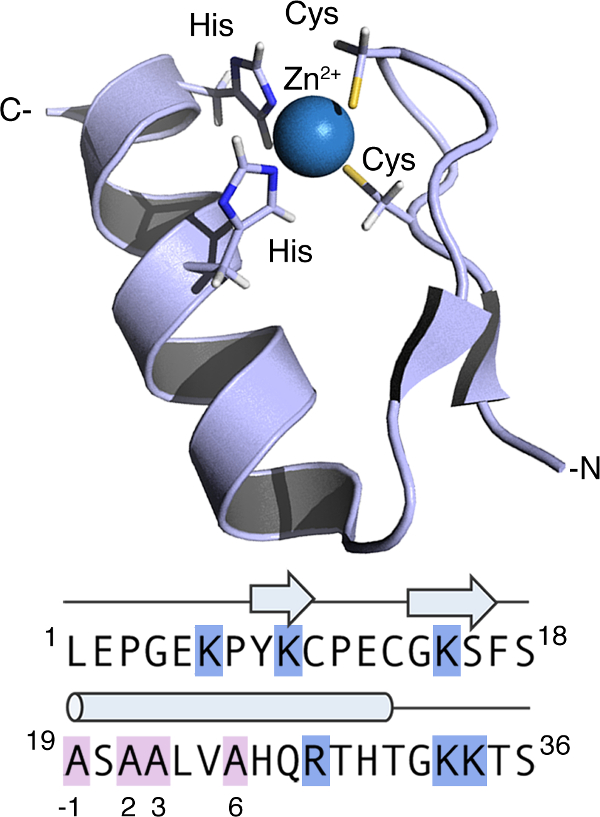Author:SIAIS
Date:13 April 2015
Research Associate Professor Jia Liufrom the Laboratory of ADC Chemistry recently published a paper incollaboration with the Scripps Research Institute. This paper, entitled “DirectProtein Delivery to Mammalian Cells Using Cell-permeable Cys2-His2 Zinc-fingerDomains”, was published in Journal ofVisualized Experiments (JoVE) (doi:10.3791/52814).
Due to their modularity and ability to be reprogrammed to recognize a widerange of DNA sequences, Cys2-His2 zinc-finger DNA-binding domains have emergedas useful tools for targeted genome engineering. Like many other DNA-bindingproteins, zinc-fingers also possess the innate ability to cross cell membranes.Dr. Liu, teamed up with Dr. Gaj from The Scripps Research Institute, recentlydemonstrated that this intrinsic cell-permeability could be leveraged forintracellular protein delivery. Genetic fusion of zinc-finger motifs leads toefficient transport of protein and enzyme cargo into a broad range of mammaliancell types. Unlike other protein transduction technologies, delivery via zinc-fingerdomains does not inhibit enzyme activity and leads to high levels of cytosolicdelivery. Here a detailed step-by-step protocol is presented for theimplementation of zinc-finger technology for protein delivery into mammaliancells. Key steps for achieving high levels of intracellularzinc-finger-mediated delivery are highlighted and strategies for maximizing theperformance of this system are discussed.
“We have seen efficient delivery of a variety of proteins under cell culturecondition using this ZiF platform. Now we are exploring its application inanimals and, hopefully, can develop some ZiF product of commercial interest.”Jia Liu said.




